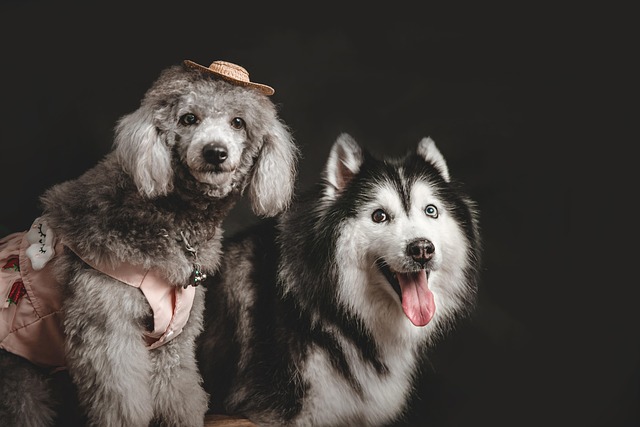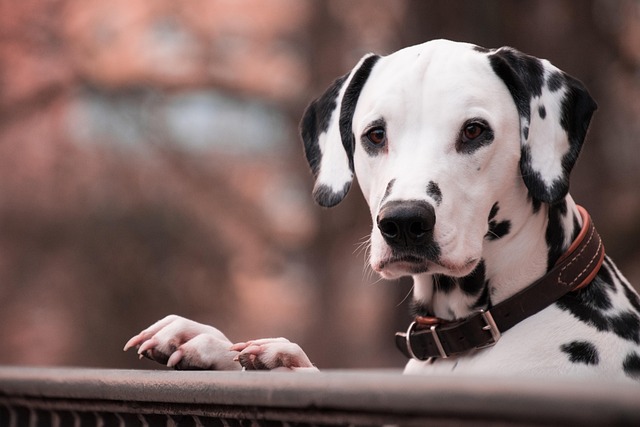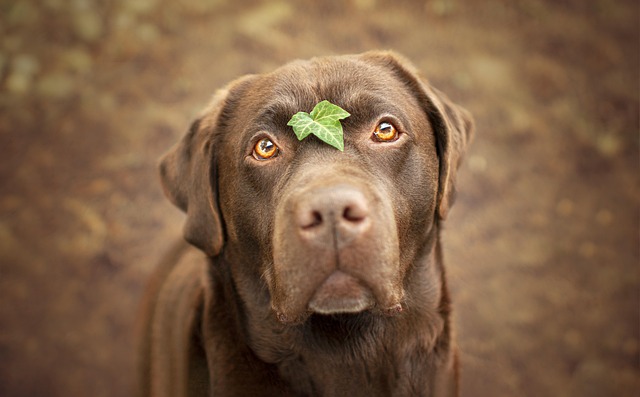
What is the best type of training for a dog?
There’s no one-size-fits-all answer to what makes the best dog training, but most experts agree that methods built on positive reinforcement tend to yield the most lasting results.
There’s something truly magical about the Shetland Sheepdog. With their elegant gait and intelligent eyes, these pups seem to carry the spirit of the Scottish Isles in every bound. But behind that beautiful exterior lies a highly trainable mind—and unlocking it is a rewarding journey for both you and your furry friend.
Shetland Sheepdogs, or Shelties, thrive on mental stimulation. These herding dogs were bred to work, so short, engaging training sessions are key. Think of it like solving a puzzle together: break commands into small steps, and celebrate every “aha” moment with a treat or enthusiastic praise. Remember, local animal welfare laws emphasize positive reinforcement, and harsh training methods not only damage the bond but could lead to legal issues.
Leash training is often the first hurdle for new Sheltie owners. These agile dogs have a natural instinct to explore, but teaching them to walk calmly by your side is essential. Start indoors with a lightweight collar and leash, rewarding any moment they focus on you instead of tugging. As you move outdoors, be aware of leash length regulations in public spaces—many areas require dogs to be on a leash no longer than six feet to ensure safety.
 Socialization is non-negotiable for Shelties. Their herding nature can sometimes translate into wariness around strangers or other animals if not properly addressed. Introduce your puppy to a variety of sights, sounds, and people from a young age. Puppy classes are a great way to do this, but always check that the facility adheres to local pet care standards. Exposing them to new experiences early helps prevent behavioral problems down the road.
Socialization is non-negotiable for Shelties. Their herding nature can sometimes translate into wariness around strangers or other animals if not properly addressed. Introduce your puppy to a variety of sights, sounds, and people from a young age. Puppy classes are a great way to do this, but always check that the facility adheres to local pet care standards. Exposing them to new experiences early helps prevent behavioral problems down the road.
Obedience training should include basic commands like “sit,” “stay,” and “come.” Shelties are quick learners, but they also have a mind of their own. Use food rewards sparingly—too many treats can lead to weight gain, which goes against responsible pet ownership guidelines. Instead, alternate between small, high-value treats and lots of verbal praise. And never forget to end each session on a positive note, leaving your Sheltie eager for the next one.
Agility training is where Shelties truly shine. Their athleticism and eagerness to please make them naturals on the course. If you’re considering competitive agility, research local clubs and events carefully. Many regions have strict rules about vaccination records and dog health certifications for public competitions. Even if you’re just training for fun, make sure to use proper equipment and supervise closely to avoid injuries.
Training a Shetland Sheepdog isn’t just about commands—it’s about building a partnership. Pay attention to your dog’s body language, adjust your methods as needed, and most importantly, enjoy the process. With patience, consistency, and a whole lot of love, you’ll raise a well-behaved, happy Sheltie who’ll be your loyal companion for years to come.

There’s no one-size-fits-all answer to what makes the best dog training, but most experts agree that methods built on positive reinforcement tend to yield the most lasting results.

Welcoming an 8-week-old puppy into your home is a joy filled with wiggly tails and endless curiosity. One of the first steps in building a strong bond is teaching them their name.

If you’ve ever sat up at night, listening to your gray-muzzled dog pace back and forth, stopping to whine or stare at a wall, you know the worry that comes with a restless senior pup.

Training a service dog starts long before they’re ready to assist with specific tasks—their journey begins with building a foundation of trust, focus, and adaptability, and the timing of this training matters more than you might think.

Watching a tiny puppy fumble through their first attempts to sit can feel like watching a little acrobat mastering a new trick.

If you’ve ever found your flower bed dug up or your favorite shrub chewed to bits, you’ve probably searched for easy ways to keep neighborhood dogs (or even your own) out of your yard.